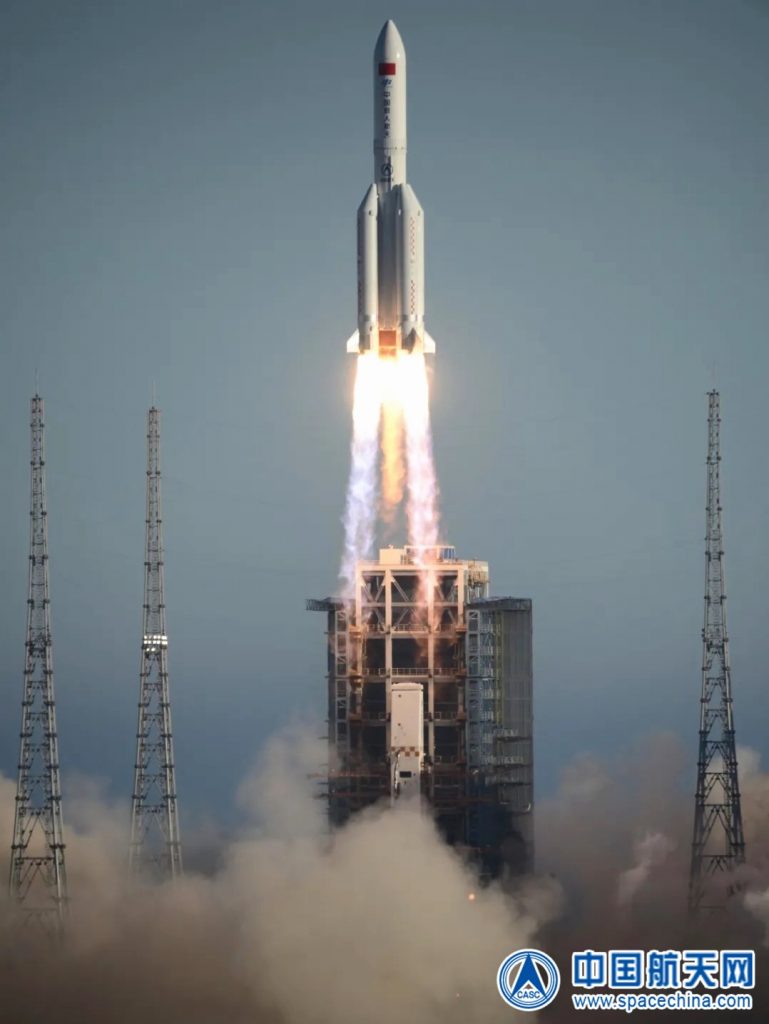Media
Transcript
Usually Wednesdays are for Rocket Roundup, and today is no different.
Let’s get to it, shall we?
The Quetzal-1 satellite was launched from the KIBo Module of the ISS at 15:20 UTC on Tuesday, April 28th.
The one unit CubeSat is Guatemala’s first satellite. It was developed and built as part of the KiboCUBE Program and involved the cooperation of several international partners to complete, among which are the United Nations Office for Outer Space Affairs (UNOOSA), JAXA, Universidad del Valle de Guatemala (UVG), the UK Space Agency, the University of Colorado, the University of Chile, TEC Costa Rica, and the University of Würzburg.

The satellite’s primary mission, which is expected to run about six months, is to use a newly developed sensor suite to monitor Guatemala’s own Lake Atitlan. The monochrome sensor is tuned specifically to the wavelength of light associated with chlorophyll in order to track algae blooms, which are often are a symptom of agricultural runoff and other contaminants. These blooms are sometimes comprised of cyanobacteria that release toxins into the water which can harm the humans using the lake for drinking water as well as other aquatic life. Additionally, the growth and decay cycles of algae blooms often deprive the lake water of dissolved oxygen which can leave very little for fish and other lake inhabitants.
If successful, similar satellites could be used in the future to monitor water quality in other inland bodies of water, helping to accomplish one of the UN’s Sustainable Development Goals of achieving clean water and sanitation throughout the developing world.
Our one and only rocket launch of the week was from China. On May 5 at 10:00 UTC, the first Long March 5B rocket was launched.
The Long March 5B is a variant of the Long March 5. Both rockets use safer, less toxic rocket fuels such as RP-1, LH and LOX.
Unlike the Long March 5, the Long March 5B does not have a second stage. Instead, this space can be used for heavier low earth orbit payloads, such as components for the future Chinese space station. The three-module space station is expected to have a mass of up to 100 tonnes and will be launched into orbit piece by piece — and the Long March 5B is the only rocket in the Long March family that’s capable of getting those pieces to orbit.

This first flight did have a payload: the Chinese next-generation crewed spacecraft. The Chinese space agencies haven’t shared many details with the general public. A press release by the China Aerospace Science and Technology Corporation stated that the craft can transport six to seven astronauts to low Earth orbit and back. Unlike the older model of Chinese spacecraft, this new unnamed craft has two modules: a crew module and a service module. The service module contains all of the bits for propulsion, power and life support and it likely will not return to Earth. The crew module is partially reusable.
This particular version was uncrewed for testing and is expected to return safely to Earth on May 8th.
To wrap things up, here’s a running tally of a few spaceflight statistics for the current year:
Toilets burned up: 2
Total new satellites in orbit: 408 this includes those launched from other in-orbit craft, such as the ISS
Total satellites from launches: 392
Annie keeps track of orbital launches by where they launched from. Here’s that breakdown:
Total 2020 successful launches: 31 including 4 failures
Total attempts by country:
- USA: 10
- China: 9
- Kazakhstan: 4
- French Guiana: 2
- Russia: 2
- New Zealand: 1
- Japan: 1
- Iran: 1
Your useless space fact for the week comes to us from NASA: anti-virus scans are run regularly on the International Space Station computers.
Credits
Video hosted by Annie Wilson
Audio recording by Gordon Dewis
Script by David Ballard and Annie Wilson with editing by Gordon Dewis
Audio Engineered by Pamela L. Gay and Gordon Dewis
Video Engineered by Tim Hawkins
Executive Produced by Pamela L. Gay


 We record most shows live, on Twitch. Follow us today to get alerts when we go live.
We record most shows live, on Twitch. Follow us today to get alerts when we go live.